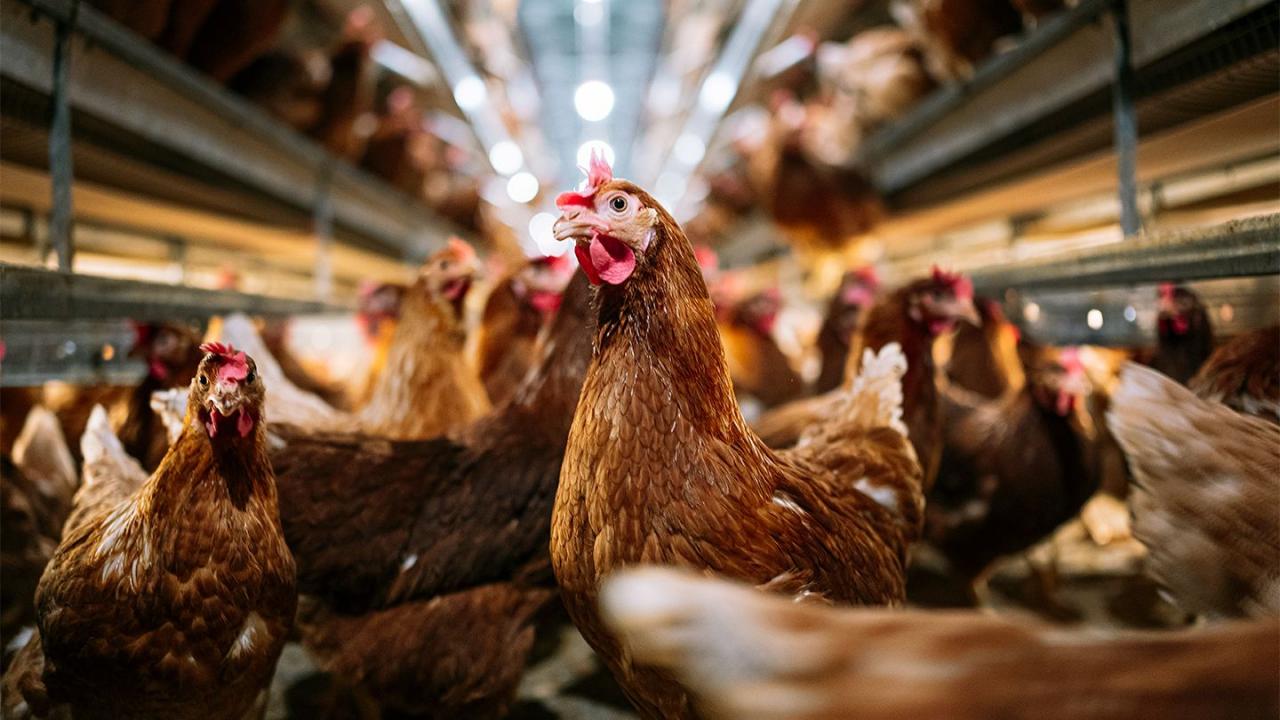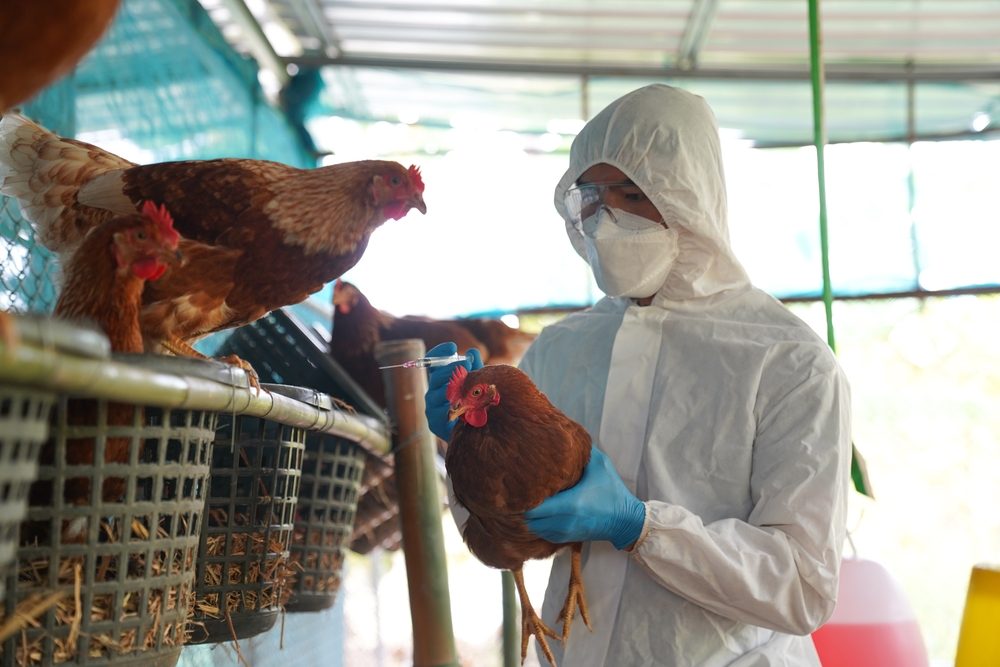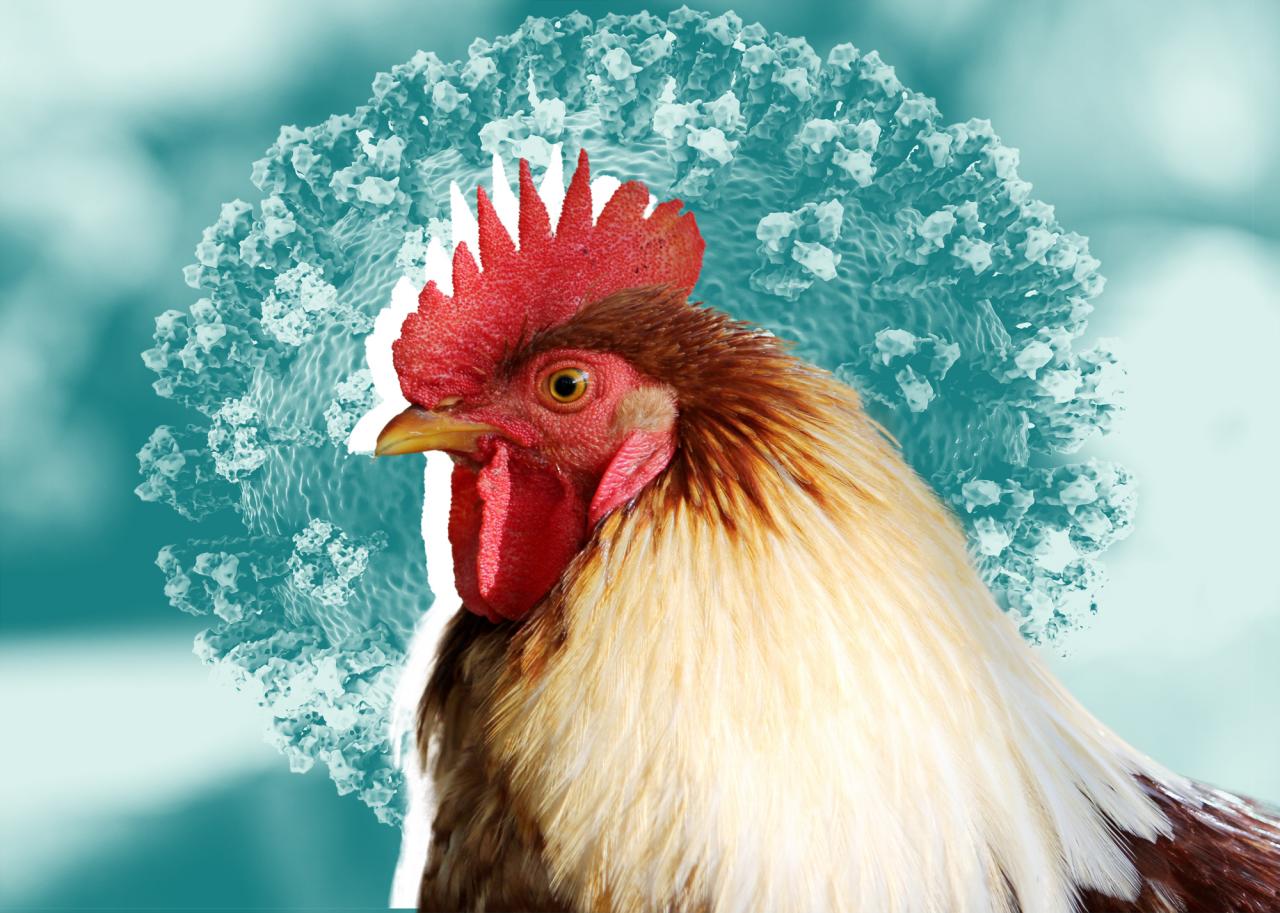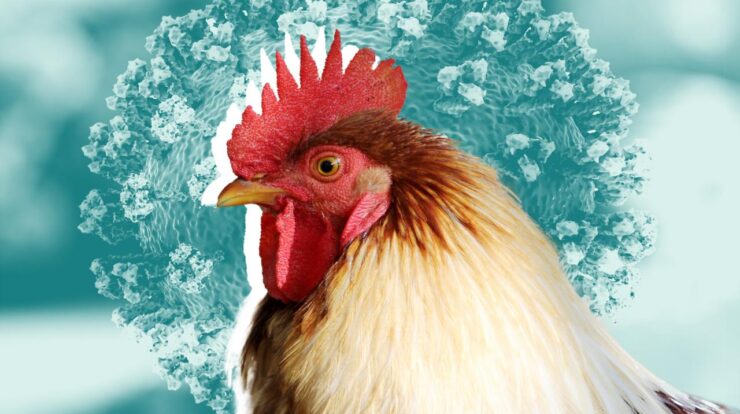
Bird flu milk, a term derived from avian influenza, has emerged as a topic of concern, raising questions about its potential risks to poultry production and public health. This article delves into the complexities of bird flu milk, exploring its origins, transmission, and the measures implemented to mitigate its impact.
As the poultry industry faces challenges posed by bird flu milk, understanding its implications is crucial. The article sheds light on the impact of bird flu milk on poultry production and the preventive measures adopted to control outbreaks.
Bird Flu Milk

Bird flu milk is a term used to describe a milky fluid that can be produced by infected poultry. It is not actually milk, but rather a discharge from the respiratory tract of birds that have been infected with the avian influenza virus.
Bird flu milk can be a source of infection for other birds, and it can also be transmitted to humans who come into contact with infected birds or their secretions.
Bird Flu Milk and Poultry Production
Bird flu milk can have a significant impact on poultry production. Infected birds can become sick and die, and the virus can also spread to other birds in the flock.
To prevent and control bird flu milk outbreaks, poultry farmers take a number of measures, including:
- Vaccinating their birds against the avian influenza virus
- Isolating infected birds from healthy birds
- Disinfecting their premises
Detection and Diagnosis of Bird Flu Milk
Bird flu milk can be detected by a number of methods, including:
- Visual inspection of birds for signs of infection
- Laboratory testing of samples from infected birds
- Serological testing of blood samples from birds
Veterinary surveillance and testing play an important role in preventing the spread of bird flu milk. By monitoring poultry flocks for signs of infection, veterinarians can help to identify and isolate infected birds before the virus can spread to other birds.
Public Health Implications of Bird Flu Milk
Bird flu milk can pose a public health risk to humans who come into contact with infected birds or their secretions. The virus can cause a range of symptoms in humans, including:
- Fever
- Cough
- Sore throat
- Muscle aches
- Fatigue
In severe cases, bird flu can lead to pneumonia, respiratory failure, and death.
To prevent infection with bird flu, it is important to practice good hygiene and food safety practices, including:
- Washing your hands frequently with soap and water
- Avoiding contact with infected birds or their secretions
- Cooking poultry products thoroughly
Research and Development on Bird Flu Milk
There is a great deal of research and development underway to better understand bird flu milk and to develop vaccines and treatments for the virus.
Some of the current research efforts include:
- Developing new vaccines to protect poultry from the avian influenza virus
- Developing new antiviral drugs to treat bird flu infections
- Studying the transmission of the virus between birds and humans
End of Discussion
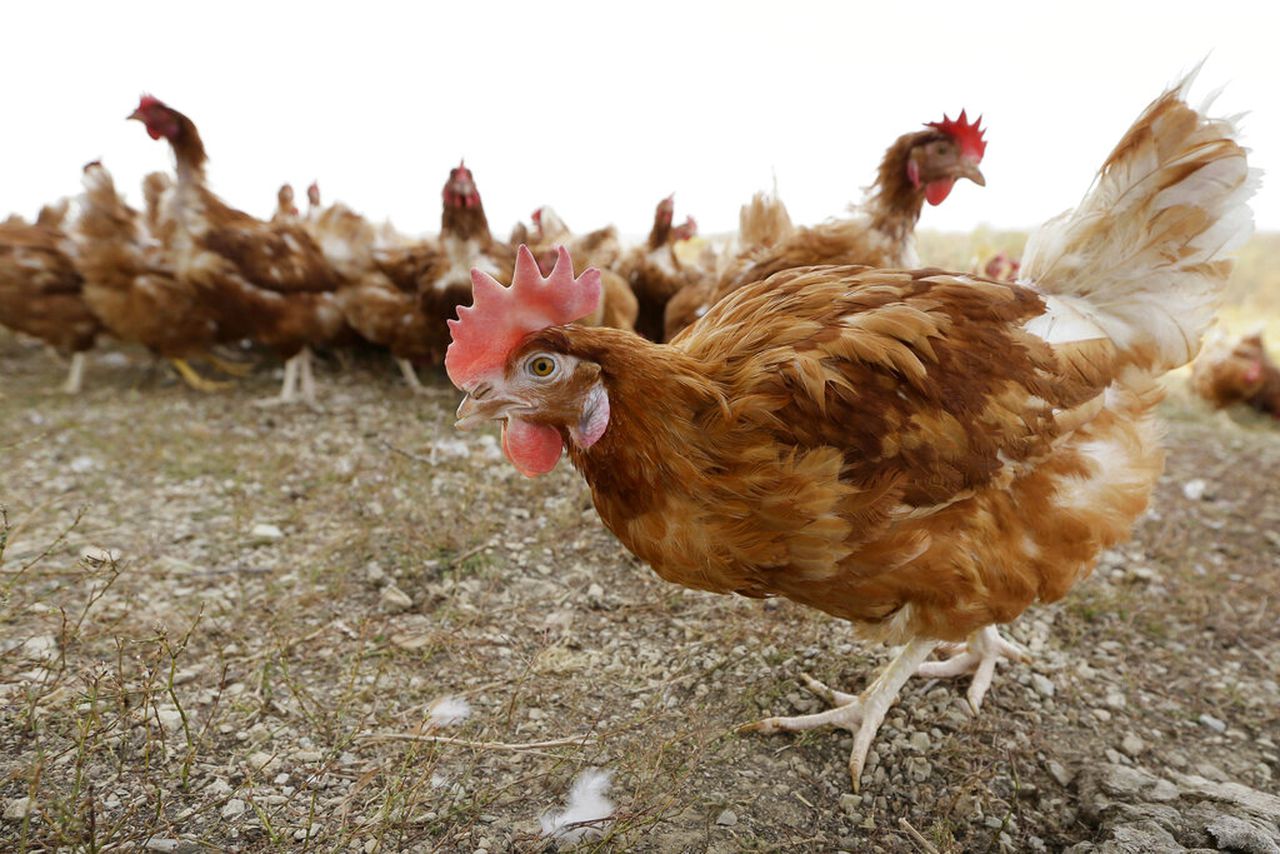
In conclusion, bird flu milk presents multifaceted challenges that require collaborative efforts from various stakeholders. By understanding the risks, implementing preventive measures, and supporting research and development, we can effectively address the impact of bird flu milk on poultry production and safeguard public health.
